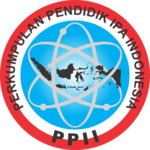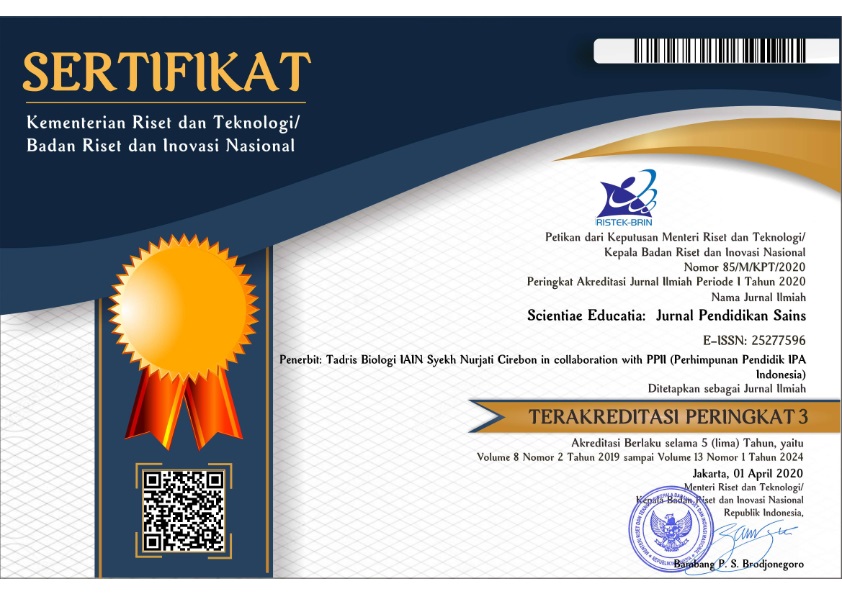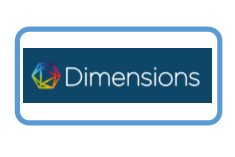Low Carbon Education: How is Its Existence in Schools?
(1) Department of Science Education, Faculty of Mathematics and Natural Sciences Education, Universitas Pendidikan Indonesia Universitas Pakuan
(2) Department of Science Education, Faculty of Mathematics and Natural Sciences Education, Universitas Pendidikan Indonesia
(3) Department of Science Education, Faculty of Mathematics and Natural Sciences Education, Universitas Pendidikan Indonesia Department of Science Education, Graduate School, Universitas Pakuan
(4) Department of Science Education, Faculty of Mathematics and Natural Sciences Education, Universitas Pendidikan Indonesia
(*) Corresponding Author
Abstract
Keywords
Full Text:
PDFReferences
Çelikler, D., & Aksan, Z. (2016). The development of an attitude scale to assess the attitudes of high school students towards renewable energy sources. Renewable and Sustainable Energy Reviews, 54, 1092-1098.
Change, I. C. (2014). Mitigation of climate change. Contribution of Working Group III to the Fifth Assessment Report of the Intergovernmental Panel on Climate Change, 1454.
De Leeuw, A., Valois, P., Ajzen, I., & Schmidt, P. (2015). Using the theory of planned behavior to identify key beliefs underlying pro-environmental behavior in high-school students: Implications for educational interventions. Journal of Environmental Psychology, 42, 128-138.
Desfandi, M., Maryani, E., & Disman, D. (2017). “Building Ecoliteracy Through Adiwiyata Program†(Study at Adiwiyata School In Banda Aceh). Indonesian Journal of Geography, 49(1): 51-56. https://journal.ugm.ac.id/ijg/article/view/11230 (diunduh 10 Februari 2020).
Dursin, K. 2018. Indonesia Unveils Low Carbon Development Framework. Retrieved from http://www.globalissues.org/news/2018/10/12/24587
Heimlich, J., J. Adams, & M. Stern. (2017). “Nonformal Educational Settings.†In Environmental Education Review, edited by A. Russ and M. Krasny, 115–124. New York: Cornell University Press.
Ho, S.-Y., Chen, W.-T., & Hsu, W.-L. (2017). Assessment system for junior high schools in Taiwan to select environmental education facilities and sites. EURASIA Journal of Mathematics, Science & Technology Education, 13(5), 1485-1499.
Joyce, A. & Dzoga, M. (2011). Science, technology, engineering and mathematics education: Overcoming challenges in Europe. Intel Educator Academy EMEA.
LCDI. (2021). Pembangunan Rendah Karbon di Indonesia. diakses: https://lcdi-indonesia.id/lcdi/ (5 Oktober 2021).
Macnaghten, P. (2003). “Embodying the Environment in Everyday Life Practices.†The Sociological Review 51 (1):63–84. doi:10.1111/1467-954X.00408.
Matson, P., W. C. Clark, & K. Andersson. (2016). Pursuing Sustainability: A Guide to the Science and Practice. Princeton, NJ: Princeton University Press.
Moloney, S., Horne, R. E., & Fien, J. (2010). Transitioning to low carbon communities—from behaviour change to systemic change: Lessons from Australia. Energy Policy, 38(12), 7614-7623.
Nicole M. Ardoin & Joe E. Heimlich (2021) Environmental learning in everyday life: foundations of meaning and a context for change, Environmental Education Research, 27:12, 1681-1699, DOI: 10.1080/13504622.2021.1992354
Pangestu, M. (2018). Insight: New development pathway for Indonesia. Retrieved from https://www.thejakartapost.com/academia/2018/09/24/insight-new-development-pathway-for-indonesia.html.
Roy, R., Potter, S., & Yarrow, K. (2008). Designing low carbon higher education systems: Environmental impacts of campus and distance learning systems. International journal of sustainability in higher education, 9(2), 116-130.
Shealy, T., Klotz, L., Godwin, A., Hazari, Z., Potvin, G., Barclay, N., & Cribbs, J. (2017). High school experiences and climate change beliefs of first year college students in the United States. Environmental Education Research, 1-11.
Shimada, K., Tanaka, Y., Gomi, K., & Matsuoka, Y. (2007). Developing a long-term local society design methodology towards a low-carbon economy: An application to Shiga Prefecture in Japan. Energy Policy, 35(9), 4688-4703.
Su, Q. (2009). On Low Carbon Growth Models in Zhenjiang Experiences in Japan and Taiwan [J]. China Opening Herald, 6
Tati, T, Firman, H, & Riandi, R. (2017). The Effect of STEM Learning Through The Project of Designing Boat Model Toward Student STEM Literacy.
Whitmarsh, L., Seyfang, G., & O’Neill, S. (2011). Public engagement with carbon and climate change: to what extent is the public ‘carbon capable’? Global environmental change, 21(1), 56-65.
Yuan, H., Zhou, P., & Zhou, D. (2011). What is low-carbon development? A conceptual analysis. Energy Procedia, 5, 1706-1712.
DOI: 10.24235/sc.educatia.v11i1.10115
Article Metrics
Abstract view : 0 timesPDF - 0 times
Refbacks
- There are currently no refbacks.
Scientiae Educatia: Jurnal Pendidikan Sains indexed by:

This work is licensed under a Creative Commons Attribution 4.0 International License.
Stat Counter (Link)



1.png)












